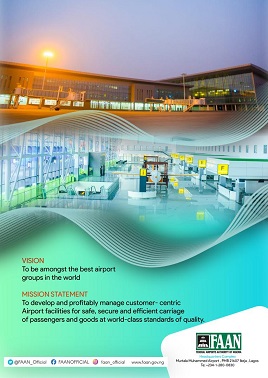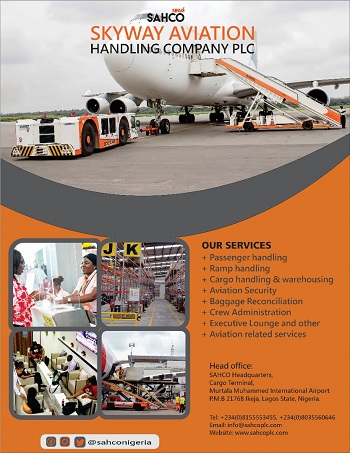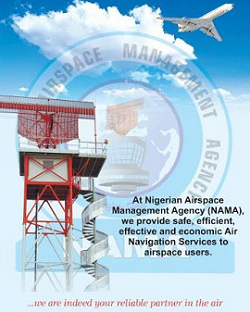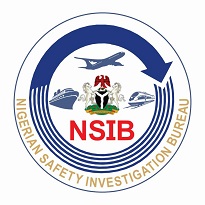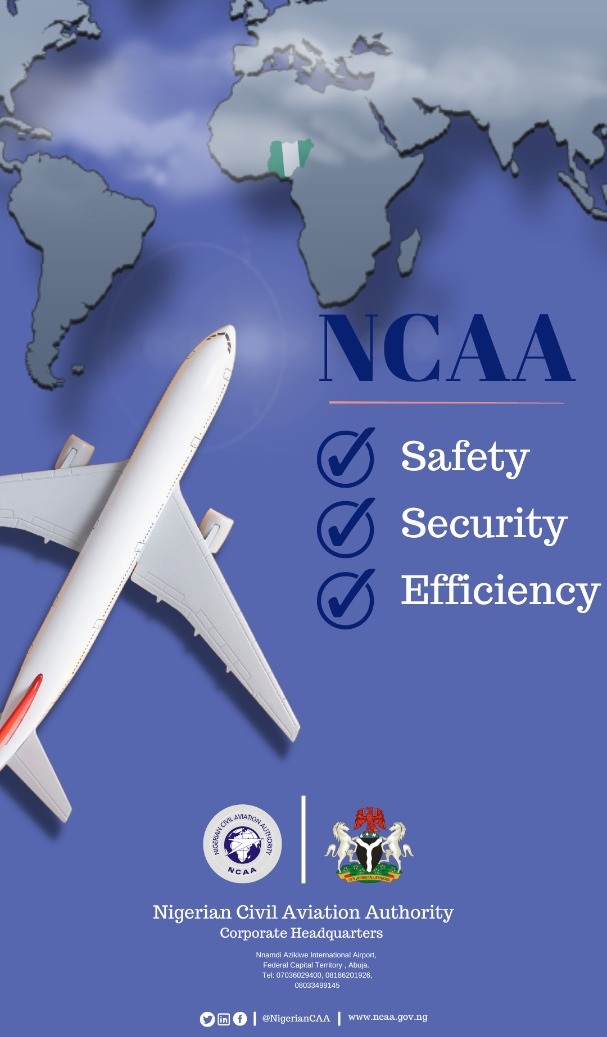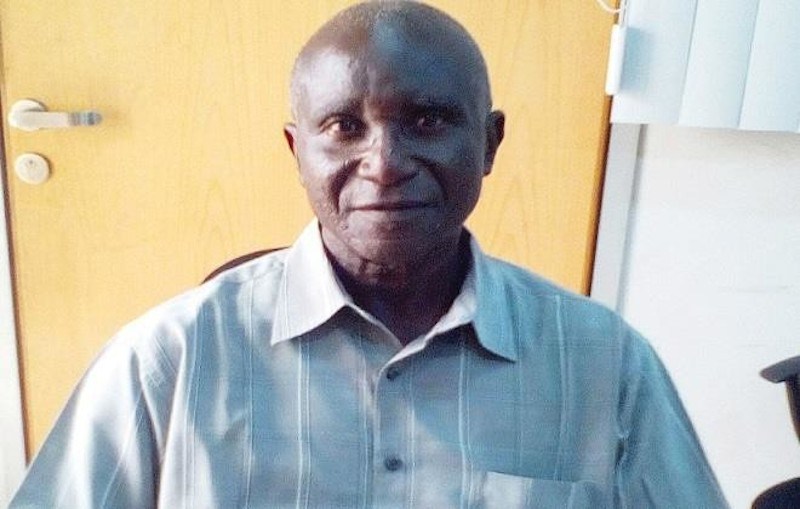
NIGERIAN AIRPORTS FOR CONCESSION NOT PRIVATISATION
Group Captain John.O. Ojikutu (Retired)
2016
The Honourable Minister of State for Aviation had recently briefed the public and the industry stakeholders of government plans to concession certain airports to private investors as part of the larger plans to privatise some public enterprises. Following the Honourable Minister’s Briefings, there had been some emotional reactions from the public and more too from the aviation stakeholders who ordinarily should be better informed of what had over the years been the financial travails of the sector, but yet, find the government plans of airports concession unacceptable.
Government probably decided on Concession and Privatisation or Outright Sale options because of the failed Commercialisation of most of the public sector services and enterprises. There were public enterprises that were fully commercialised like the NLG and the refineries which were expected to operate as profit making commercial ventures without any subsidies from the government. These are expected to raise funds from the capital market for capital projects without government guarantee and were expected to use private sector procedures in running their businesses.
There were other enterprises like FAAN and NAMA which were partially commercialised and were expected to cover their operational costs from their internally generated revenues (IGR). These category of enterprises enjoy grants from government to finance their capital projects just as the Federal government had done in the past for FAAN and NAMA with the N19.5bn aviation intervention fund in 2007; the grant of about $200m from BASA fund for the refurbishment of some airports and the $500m loan from China for the redevelopment of the major international airports.
Using the air traffic and passengers traffic statistics of 2014/2015, the expected yearly revenue from FAAN in particular, whose facilities are planned for concession is about N65 billion from both aeronautical (N61.5 billion) and non aeronautical (N4.5 billion). However, the industry Union members believed that the revenue from Bill Boards, Toll and Gates, Fuel Surcharges and Cargo Sale Charges which are mainly non aeronautical are “the large chunks of revenue earnings that were given for concession illegally” but which have not subsequently impacted on the industry.
The problems of government enterprises in the sector are largely caused by the incessant huge debts of the domestic airlines operators to the public operators and weak accountability of the regulator particularly the NCAA which has the critical role to play in checking the excesses of both the airlines operators and the public operators, ie, FAAN and NAMA.
The Nigerian aviation sector is just one of the three major means of transportation providing air transport services to less than 10 million Nigerians compare to the road and rail providing transportation services for over 120 million Nigerians. Unlike the road and rail transportation services, the air services enjoyed more government patronages with the various forms of intervention, grants and guarantee loans. All these are in addition to the huge generated revenues that had not significantly developed or improved the airports infrastructure and facilities for sustaining safe air operations. There had been no efficient and effective oversight by the responsible authority to ensure that the sector in the last sixteen years, complied to the regular 5-year Budget Plans as required by the Nigerian Civil Aviation Regulations 2006, Part 18.10.5.
What had developed over the years in the industry was a mixed systems, one of partial commercialisation where governments were injecting subsidies or intervention funds into the public enterprises and full commercialisation where government had given autonomy to some public enterprises in the sector. What government plans to developed now and which is developing worldwide are Privatisation and Concession where governments are extending partnerships to private enterprises and investors to develop the sector. This is a concept that is being adopted by most developing countries whose aviation infrastructures are expanding fast but whose development funds are limited as with our own case. Most countries are finding it a positive advantage to adopt the policies of public – private – partnership, full commercialisation and concession of public enterprises. These options offer government savings for other social sectors of the economy and reduce unnecessary costs and duplication of efforts.
Privatization or Outright Sales of public enterprises to private investors in Nigeria as articulated by members of the Socio- Economic Rights Initiative (SERI) could be emotive and controversial as it did in 1988 when it was introduced as part of Gen Ibrahim Babangida’s Structural Adjustment Programme (SAP). The NGO had said in one of its organized programme in 2003 that, “Privatisation involves the sale of tangible public assets such as equipment and infrastructure; it is a means of exposing public enterprises to private investors or bringing private ownership, control and management into public enterprises. The objective is to increase productivity and efficiency, and to improving the financial health of the public enterprises with sufficient savings for government from the suspended government subsidies.”
If broadly defined, Privatisation could include Concession and all forms of Public – Private – Partnership (PPP); but if narrowly defined, it would exclude Concession and could mean Outright Sales. However, wherever definition is being applied, the objective is the same, which is securing private investors management and operational expertise and investment as was the case with the MM2 Concession to BI-COURTNEY.
It would still seem to some stakeholders that the Concession of MM2 was shrouded in some kind of executive secrecy, government therefore need to assuage the stakeholders that the planed Concession is with better intentions.
Generally, there are three key features of Concession which are: firstly, it does not involve the sale or transfer of ownership of physical assets; only the right to use the assets and operate the enterprise. Secondly, the Agreements are for a limited period of time up to about 30 years depending on the context, content and sector and thirdly, government as the owner of the assets must retain much involvement on the oversight in the Concession through the Regulatory Agencies.
It is expected that whatever government would give out for Concession would be well defined along these three features in order to avoid the pitfalls of the past attempts. Government must bear in mind existing Agreements or concession with the China government on the development of the four airports of Lagos, Port Harcourt, Abuja, Kano, etc. Dito with similar Agreement with BI-COURTNEY on part of Murtala Mohammed Airport. Government must also be mindful of the facts that about 12 out of about 20 Federal Airports are joint-users with the military and these include the international airports.
Government should be very clear in its plan on what assets or infrastructure it would give for concession without disrupting the Agreements with existing private operators and joint-users arrangement with the military. Therefore, the plan for airport concession should not include those aeronautical infrastructures, facilities and systems that are necessary and critical for the conduct of flight operations, rescue and emergency management services and airport security systems and national security. These are state’s responsibilities in oversight functions and regulating processes. They are mandatory state’s functions under obligations to the International Civil Aviation Organization (lCAO) as contained in the various Annexes to the Chicago Convention essentially for Aerodrome Standards; Air Traffic Control Services and the Airports Security. All these should be fully commercialized as they are the practices now globally. The Concession should not be different from the one between government and BI-COURTNEY which are for the non aeronautical infrastructural facilities and services. These are the operations and the management of the Passengers and Cargo Terminal Buildings and their Handling facilities, Aircraft Parking Areas and their Handling facilities, Cars and Trucks Parks, Toll Gates, etc.
Whatever aeronautical facilities that are left of the FAAN assets after the concession of the non aeronautical facilities could be merged with the NAMA assets. These which may include the runways, taxiways and their associated lightings, Emergency and Rescue Management Systems, could remain part of the universal Air Traffic Services Systems. NAMA should therefore be fully commercialised like the ATNS of South Africa. FAAN on the other hand should also function as a Commercial Holding Company to oversee the management of the airports under concession.
Government should ensure that the future management of the remaining domestic airports are included in the concession plans. In other words none of these domestic airports should be left behind otherwise; the initial reasons for the concession would be defeated. Therefore, for every international airport terminal available for concession to a company, three to four of the domestic airports should be given along with the concession.
In addition to all these, government should concern itself with the designing of achievable policies and programmes that would enable it meet contemporary visions for the industry in this 21st century. Such policies should ensure that the responsible aviation authority provide the baselines for the implementation of the Concession, and the investors too, provide regular Business Plans every 5 year to meet with requirements of the Nigerian Civil Aviation Regulations, 2006, Part 18.10.5.
Group Captain J.O. Ojikutu (Retired) is the General secretary of Aviation Round Table (ART)


